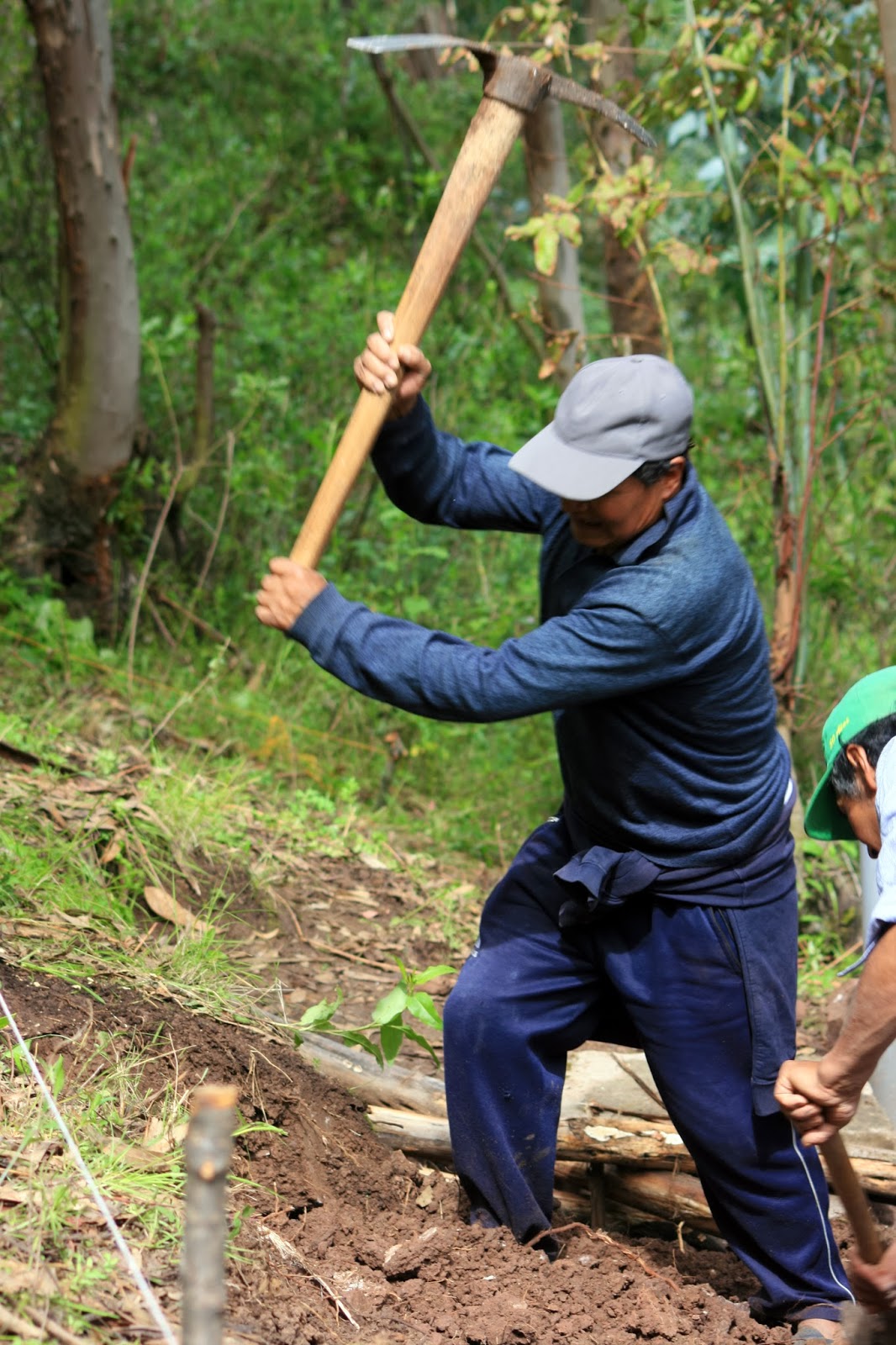A study of children's hand washing behavior in the region estimated that less than a third of children regularly wash their hands before eating and after using the bathroom (Lopez-Quintero, Freeman, Neumark, 2009). In the same sample, only seven percent had access to soap and clean running water at school. While our team didn't systematically measure hand washing behaviors in Compone, we could see the need staring at us from underneath nearly every child's fingernails. The community clinic director, Lucmilla, suggested that dental hygiene presented another educational opportunity.
The PHWB team organized children's health education activities at
the community health clinic, municipal building, and community meetings. Stephanie O. and Priya facilitated four
workshops reaching over a hundred children. Using songs, games, and hands-on practice, they taught children how to properly wash their hands and
brush their teeth. They led children in rousing renditions of "Lava tus manos," an instructional hand washing ditty sung to the tune of La Cucaracha. Shakira's "Waka Waka" marked the recommended two-minute toothbrushing timeframe, the last noble act of Priya's iPhone before it was stolen.
They also addressed clean water and water conservation, hoping to teach young people about the importance of water.
They also addressed clean water and water conservation, hoping to teach young people about the importance of water.
 |
| This photo shows the last of 10,000 times Stephanie and Priya led children in "Lava tus manos." |







































